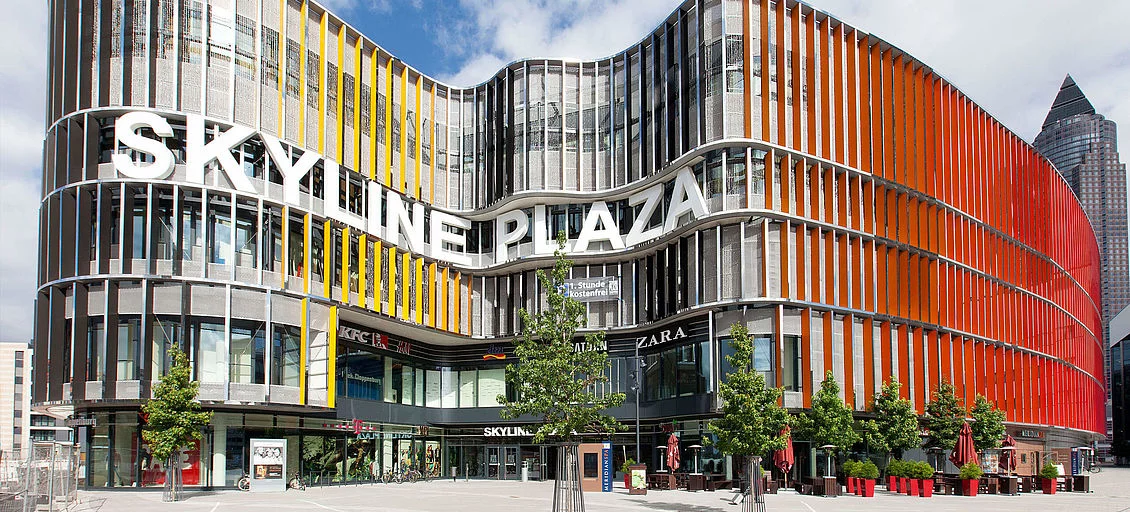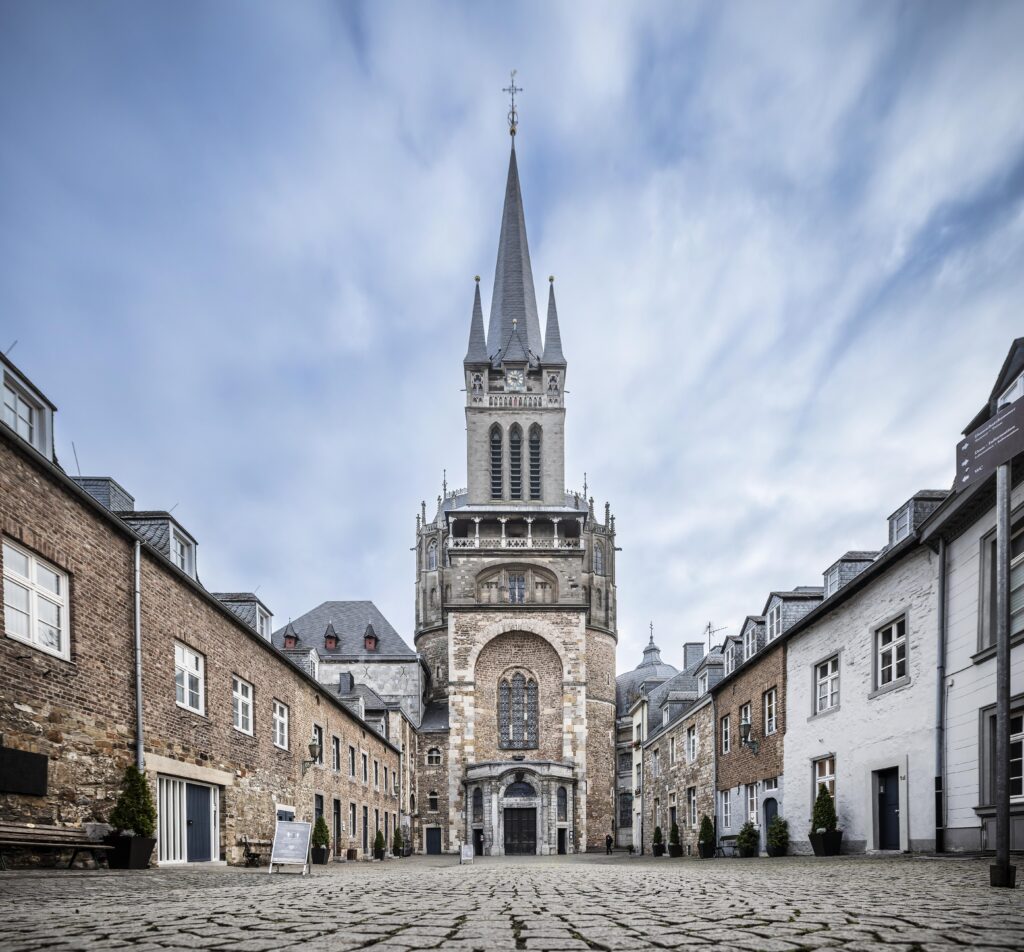Over 1200 years ago, Emperor Charlemagne made Aachen the centre of his legendary empire. He built his residence on the ruins of Roman baths between 790 and 800 with the octagonal Palatine chapel as its centrepiece. Today, Aachen cathedral is one of the best-maintained architectural monuments of the Carolingian period and is a magnet for visitors from around the world. Deeply enmeshed in European history and the birth of Germany, this heterogeneous building complex is a hugely symbolic attraction in the middle of the historic old town. The experiment conducted by the TFI Aachen institute in this famous architectural monument is more than just symbolic. It used the emco 3-zone cleaning system laid on site as a test strip to measure the amount of dirt it absorbed. It proved to be a convincing demonstration.
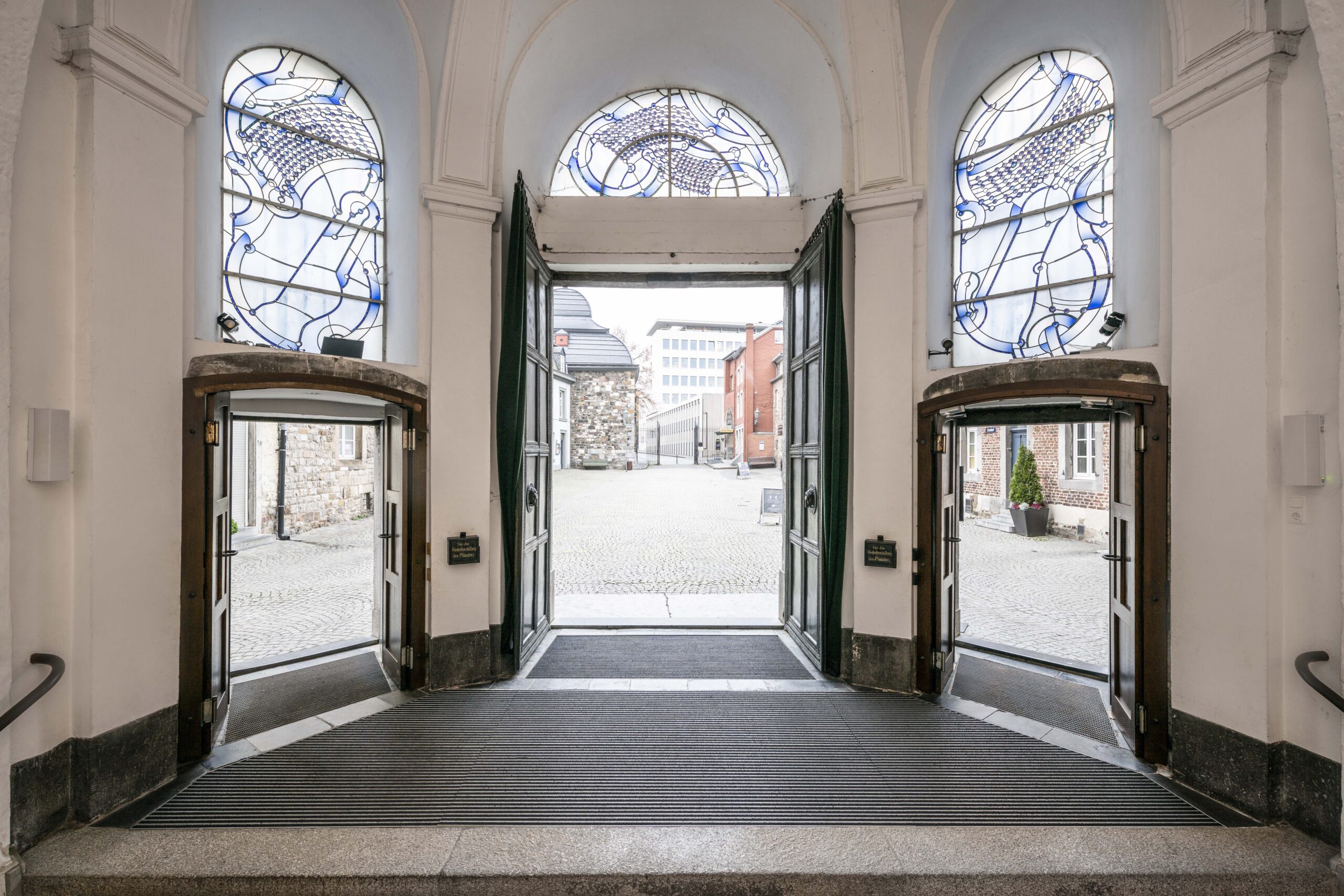
In 1978, Aachen Cathedral became the first building in Germany and only the second building ever to be granted World Heritage status. It remains a popular tourist destination today for both believers and historians, The UNESCO provisions state that the town centre is also to be preserved as a historic entity. The building is therefore also protected from the outside. In order to ensure its silhouette and lines of sight are not interrupted, a buffer zone was defined around the cathedral within which building is prohibited. Approximately 1.2 million people pass through its doors every year. The emco 3-zone cleaning system was installed in the entrance to the cathedral to significantly reduce the dirt visitors bring into the building and therefore protect its structure. What makes the Aachen cathedral project special is that the TFI Aachen institute used the emco 3-zone cleaning system as a test strip.
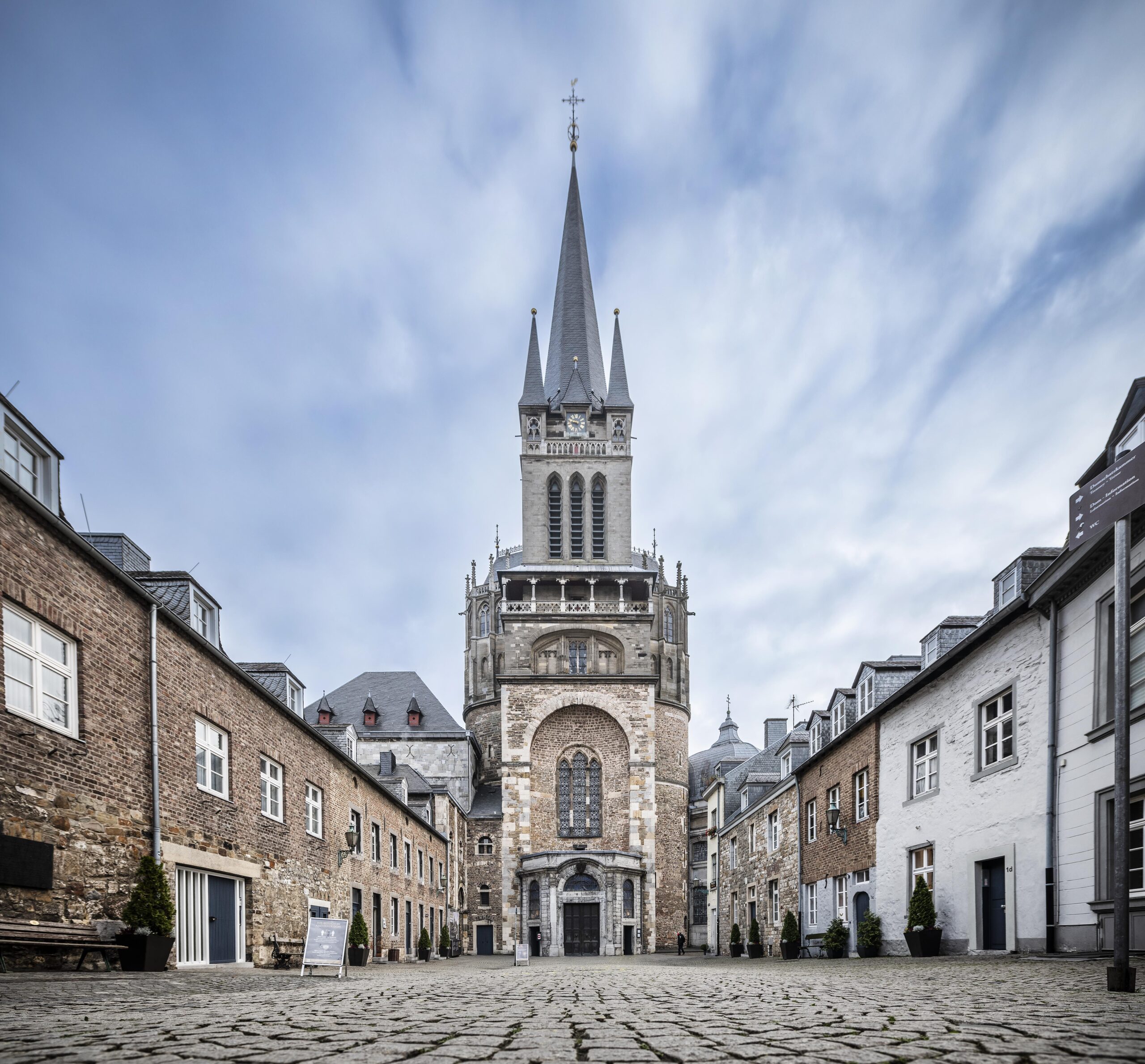
From July 2020, the number of visitors over the following twelve months was recorded and the dirt levels were determined in the emco MARSCHALL Original (side entrances), emco MARSCHALL Premium (main entrance, or Wolf’s Door, and the vestibule), and emco Clean Off (at the base of the stairs). Over the observation period, approximately 423,000 people passed through the entrances. The TFI team cleaned the entrance mats every week to determine the dirt levels and scanned the material to document changes in appearance.
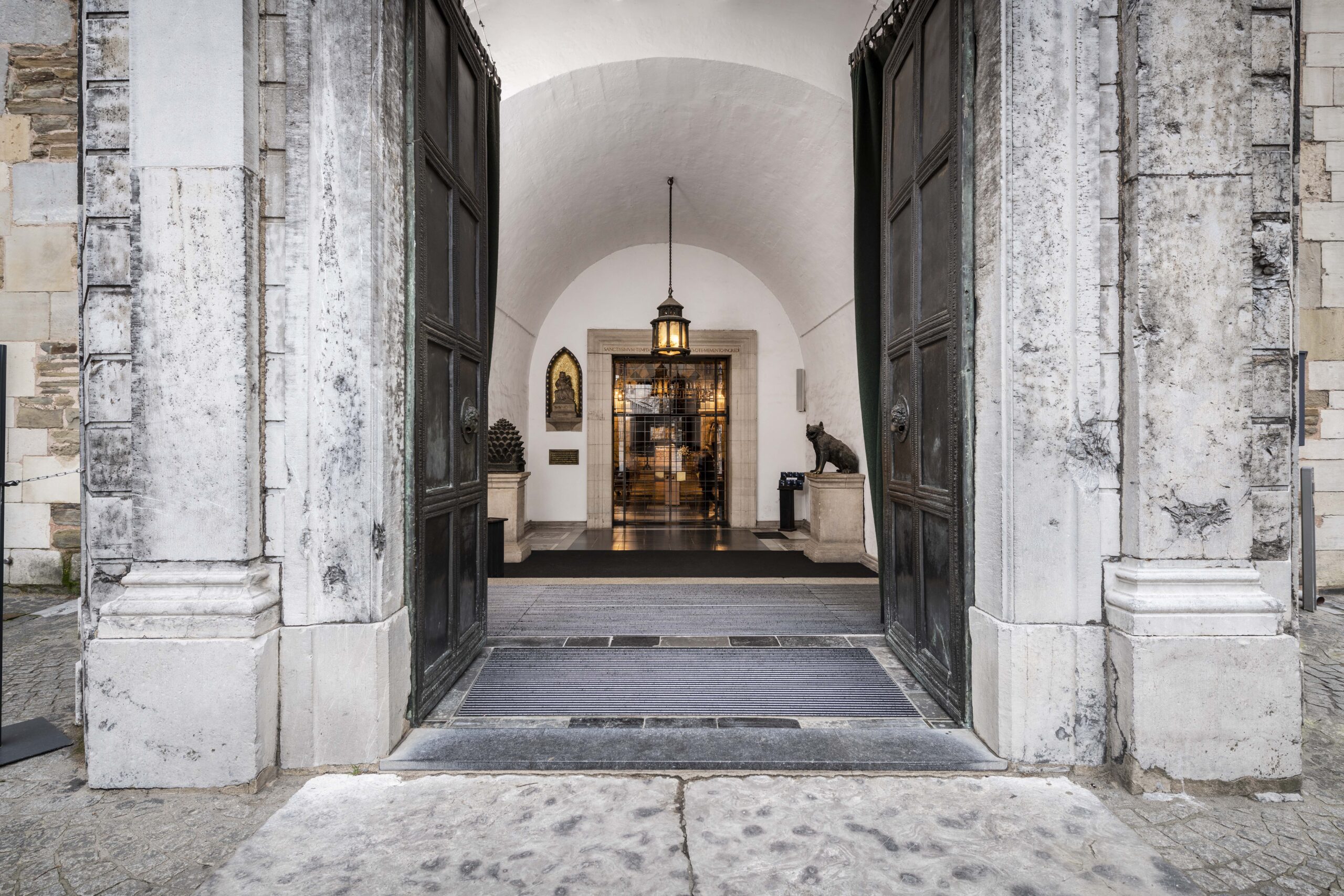
Due to the pandemic, visitors had to be guided through the entrance area. The protective measures had to be taken into consideration but this also had an impact on the dirt uptake. The inserts in the the side entrance and exit mats (Zone 1) absorbed on average 275 grammes each month. This was 144 grammes in Zone 2 and 121 grammes in Zone 3. In total, the emco entrance mats absorbed 540 grammes of dirt every month. Additional dirt trapped by the spacing in the profiles was not taken into consideration. Irrespective of this, it can be said that the 3-zone cleaning system has a long-lasting impact on multiple levels: it protects adjacent flooring from wear and damage and reduces contamination, thus extending cleaning cycles and the consumption of cleaning chemicals.
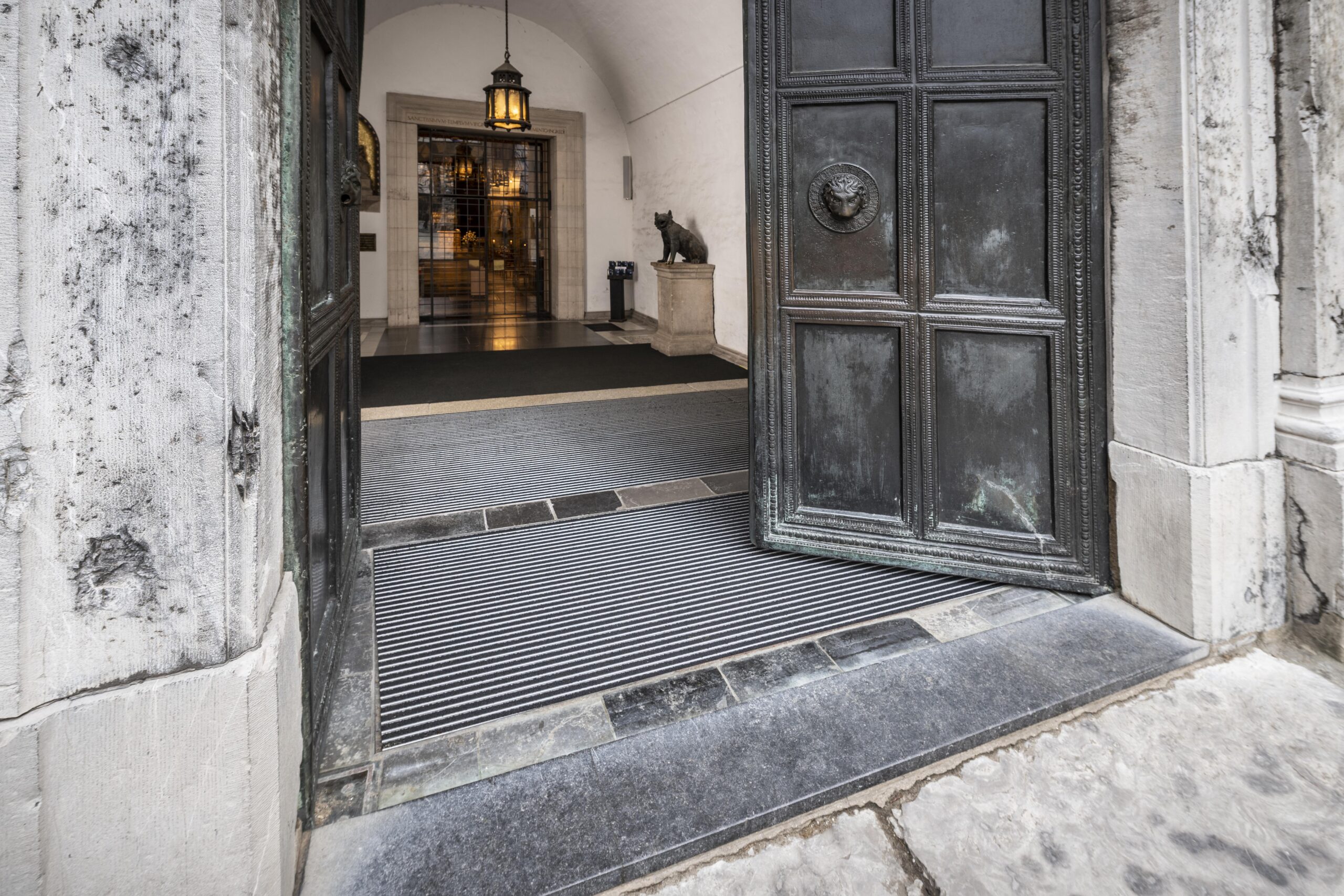
It would also have been possible to reduce the quantity of dirt and moisture in Zone 3 if Zones 1 and 2 had been longer, as more dirt would have been absorbed over the greater distance. Unfortunately, this was not possible in the west entrance due to the configuration of the building, a common problem in historic buildings which require special solutions to survive for centuries. “Aachen Cathedral is lifetime’s work for the cathedral master builder – it is a site that must be maintained for future generations,” explains Helmut Maintz, Cathedral Master Builder since 2000. The emco 3-zone cleaning system clearly supports this goal as the effective dirt uptake protects the interior of Aachen cathedral and thus contributes to preserving this precious structure, ensuring it is available for future generations to visit.
Please do not hesitate to contact us for help with your project.
